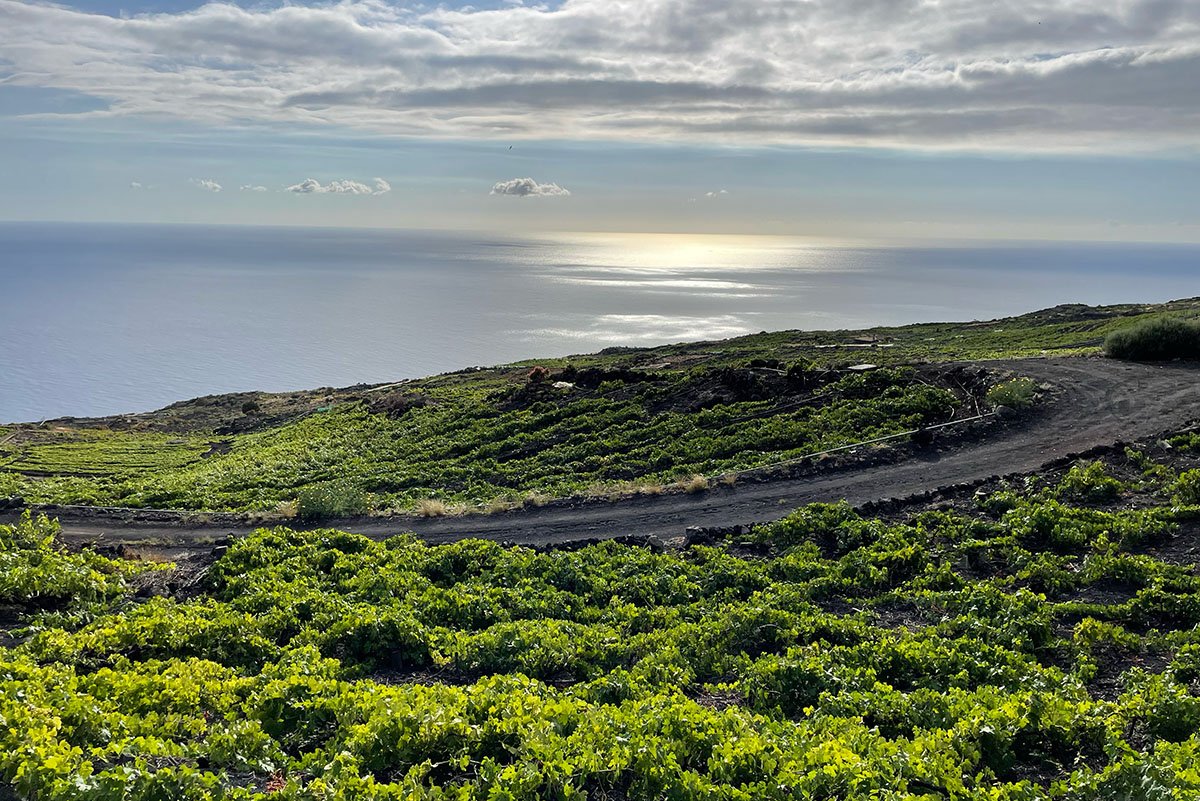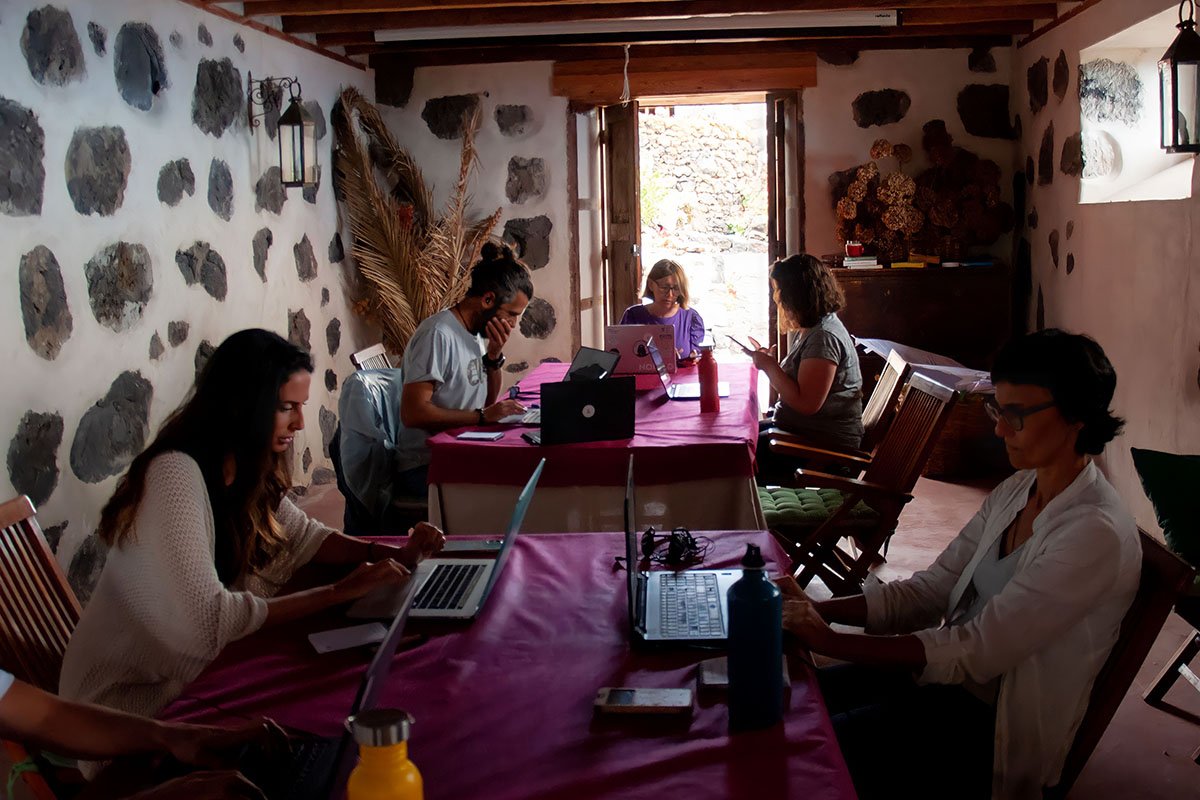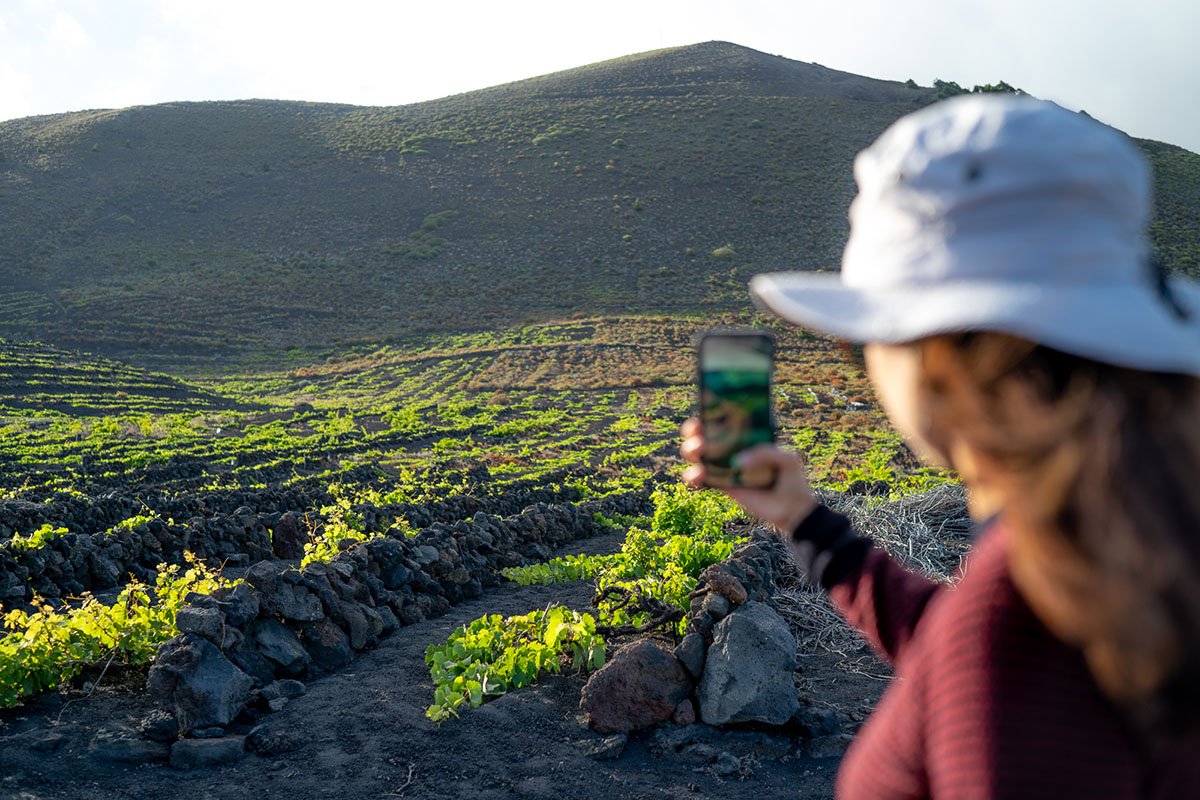Written article Carlos Jonay Suárez, co -founder and responsible for digital strategy in remote villages.
Yes, today I will start writing this post blog with one of those questions that, surely, would make me crawl an eyebrow if you read it in an alien post. '
It is, because 'crying' aloud title Very difficult to leave.
So, not to get fully into that 'mud', I will pull some articles, in addition to my experience with Pueblos Remotos , to try to argue as much as possible the answers to the questions that you will find here below.
Why do we worry first?
If we want to respond, at least in part, to something as complex as the remote work is the future of the rural world? , I think the first thing that is pertinent is to analyze why we have to worry first.
Within the question we have two issues, which at least in Spain, have great challenges ahead: remote work and its implementation in companies, versus, the rural world and their worrying depopulation since the sixties, or seventy.
The teleworking
If we focus on the first and analyze its evolution, we can see data that are not positive, at least at the moment. While it is true that the pandemic caused by COVID-19, achieved some advances in this regard: a new teleworking law, the 'startup law' or publications, to satiety, in defense, or against, of teleworking , what It is true that in absolute terms and in EPA data (Active Population Survey) the number of employees working from their home (it is seen that if you work from another site, you are not 'Teleworking') has decreased, in absolute terms, since the second quarter of 2022, as we can see in the graph prepared by Eva Rimbau .
Graph prepared by Eva Rimbau
On the other hand, although it is true that in absolute terms we can see an obvious reduction: we go from more than 15% of salaried people who telework more than half of the days, to 10%. It is also true that the same data of the year 2019, Pre Pandemia, ranged between 4.1% or 8.3%, according to the statistical source we consult. Therefore and although the percentage is not very high, we can affirm that teleworking has not only been maintained, but has grown if we compare it with years prior to COVID-19.
To these data are added cultural, and conjunctural issues, which directly affect, such as the 'culture of face -to -face', deeply rooted in Spain, an obvious lack of training to direct remote equipment (this also transfers our borders ) and legislation that does not help too much for companies that want to carry it out, do so with certain guarantees.
In addition, the professional profiles in which the 'effect of teleworking' (also with its hybrid formats) are those related to the world of software development, computer engineering or digital marketing, fields that also have, in addition, with A large number of self -employed workers.
Teleworking in our 'Rural Coworking' of Fuencaliente
In summary, the teleworking suffered a 'peak' of excessive growth in Spain (reaching more than 20% of the active population during the third quarter of 2020), but it was only a reflection of a momentary emergency for the situation of pandemia and not the settlement of solid bases for its implementation in the labor market. However, more and more companies are, especially within the digital sector, which add to this trend and allow them to telecommate their employees from any corner of Spain.
Thus, with a situation of 'uncertainty' that is still present in the panorama, it is very complicated , or Barcelona.
The rural world
Within the rural world we are not exempt from problems, or concerns. To the depopulation, especially of young people, who have been suffering since the early sixties, we must add another 'long list' of needs and challenges to be covered, especially in those nuclei of less than 10,000 inhabitants.
It is a reality, that we can read in articles such as: I am not leaving: these entrepreneurs tell you why they work from their villages , from the blog of Almanatura , in which we see how many people have rethinked to return to their hometown and have determined to leave the city in search of a better quality of life.
Tranquility, exiting mass urban environments or the cost of life, are usually principles that help to assume a greater 'isolation', or the lack of certain services.
That search for connection with nature and smaller environments is something that we know well in pueblos remotos and that tell us all the people who participate in our experiences.
In addition, if we read other articles such as the peoples applaud the rise of teleworking , we can see data and percentages from consultants such as ManpowerGroup , Hays or Adecco Group Institute , in which these movements are reflected to rural areas, or towns near the big cities .
Elsa Rodríguez, co -founder of Pueblos Remotos , capturing a landscape of the rural world (photo of Van Marty)
On the other hand, there is also a 'face B', there are other articles that defend that this alleged immigration impact from the big cities to the towns, has not occurred: the 'great return' to the towns from the cities by the pandemic was A myth
Within the article they analyze, based on a study published in ESADE ECPOL , that migratory flows from large cities to rural peoples (they consider them rural peoples if they are below the 10,000 inhabitants) have not been modified between 2019 and the year 2020.
The data they present are very clear, but it is also true, that the year 2020 was a year of high uncertainty, and although many people moved to second residences, they returned to their native peoples or, directly, they moved to a rural town, It is also true that, especially the first two groups, they did not have to modify their residence direction in the city.
On the other hand, the municipal restrictions, which in many cases extended over time throughout the year 2020, also limited that there was a 'total move' made the peoples, together with the fact that the situation of uncertainty about the permanent maintenance of the permanent maintenance of the Telefajo remained well in the year 2021.
In short, mobility to rural peoples is an effort, as well as take a series of important considerations, such as the lack of essential services, or the quality of connectivity to perform teleworking. However, there are many projects and initiatives, both public and private, that have been launched to generate a 'effect called' (or a 'retention effect') in their territories, allowing many people to 'serve' as pioneers of teleworking within rural environments.
Movements such as Rooral, Pandora Hub, The Social Circle or Bikonsulting , are some of them. United to other projects, colivings and coworkings, such as Sende, the shelter or the coworking crane .
So is the remote work of the future of the rural world?
Under my opinion (here I get fully in the mud) remote work is one of the futures (as David Alayón says, there is more than one scenario of the future) of the rural world.
Because? Well, for a wide variety of things, but I leave you here a list of your own harvest with some of the most relevant:
-
Infrastructure improvements , accompanied by an extension, and implementation, increasingly greater fiber, are facilitating that working remote from rural environments is not a headache (as a real example, I can say that in the municipality of Fuencaliente de La Palma , less than 2,000 inhabitants, we had an internet connection of 200 symmetrical 200 megabytes)
-
The awareness of many companies , and those responsible, to adopt remote work, are getting companies distributed throughout the national territory, examples that can encourage other companies to follow them.
-
Talent retention , especially in certain sectors, is more rigged with the 'emotional salary' than with the 'real salary', so many people are beginning to choose the 'work from Anywhere' above the 'Pay me more '. We have a very clear example within the American market: the great resignation: In the US, employees are leaving their jobs in mass, the big question is if we will see this (and when) in Spain
-
Some people are choosing 'quality of life' against 'living in the city ', I mean with quality of life to being able to be in a quieter environment, more connected to nature and with more friendly dimensions to know the place and the people who live in it. Some examples of these stories can be heard, or read, inside the town
Of course, we still have a lot of way to walk, thousands of remains ahead and a lot of complex situations that do not have a clear response. But that is probably one of the most beautiful challenges that we can live in the coming years.
In a world that is increasing , one of the possible 'recipes'?









